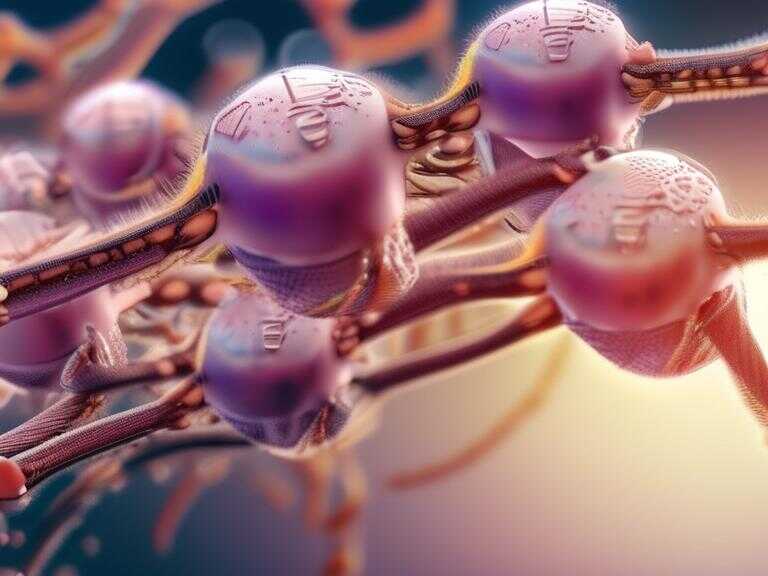
New Compound Shows Promise Against AI-Resistant Breast Cancer
New PCAI compounds show promise against aromatase inhibitor-resistant breast cancer by inducing cell death and disrupting cellular structures.

The relentless march of cancer often leads to resistance against treatments, leaving patients with limited options. This is particularly true for breast cancer, where aromatase inhibitors (AIs), a common treatment for estrogen receptor-positive (ER+) tumors, can lose effectiveness over time. Researchers are constantly seeking innovative approaches to overcome this resistance and provide effective therapies for patients battling advanced or resistant forms of the disease.
A New Hope: Polyisoprenylated Cysteinyl Amide Inhibitors (PCAIs)
In a groundbreaking study published in Oncotarget, researchers at Florida A&M University College of Pharmacy and Pharmaceutical Sciences have identified a promising new class of compounds called polyisoprenylated cysteinyl amide inhibitors (PCAIs) as a potential solution for aromatase inhibitor-resistant breast cancer. These novel molecules offer a unique mechanism of action distinct from traditional endocrine therapies, making them highly attractive candidates for further development.
The research team focused on a specific PCAI compound, NSL-YHJ-2-27, and tested its efficacy in long-term letrozole-treated breast cancer cells (LTLT-Ca), a widely recognized experimental model of AI therapy resistance. Their findings were remarkable: NSL-YHJ-2-27 effectively activated two major signaling pathways involved in cell survival—the MAPK and PI3K/AKT pathways. However, instead of promoting tumor growth, the overstimulation of these pathways by PCAIs led to a surge in oxidative stress within the cancer cells.
This increased oxidative stress proved detrimental to the cancer cells, ultimately triggering apoptosis—programmed cell death. Furthermore, NSL-YHJ-2-27 significantly reduced the levels of RAC1 and CDC42, proteins crucial for maintaining cell shape and movement. These alterations resulted in a disruption of the cytoskeleton, weakening the structural integrity of the cancer cells and hindering their ability to spread.
Long-Term Control and Future Potential
The remarkable effects of NSL-YHJ-2-27 extended beyond its immediate action. Importantly, the positive outcomes persisted even after the compound was removed from the experimental setup, suggesting the possibility of long-term control over AI-resistant cancer cells.
These findings pave the way for a new era in the treatment of aromatase inhibitor-resistant breast cancer. PCAIs like NSL-YHJ-2-27 present a unique opportunity to target multiple cellular mechanisms simultaneously, offering a more comprehensive and effective approach compared to traditional therapies. The ability of these compounds to induce apoptosis, disrupt cytoskeletal integrity, and potentially achieve long-term control over resistant cells makes them highly promising candidates for further research and development.
While this study provides compelling evidence for the potential of PCAIs, further investigation is crucial to solidify these findings and evaluate their therapeutic efficacy in clinical settings. In vivo studies and rigorous clinical trials will be essential to determine the safety and effectiveness of PCAIs in humans, ultimately bringing us closer to a future where patients battling AI-resistant breast cancer have access to more effective and targeted treatment options.
The Fight Against Resistance Continues
The development of resistance to cancer therapies remains a significant challenge in oncology. However, with ongoing research and innovation, such as the promising advancements in PCAIs, we inch closer to overcoming this hurdle. This new class of compounds holds immense potential for treating aromatase inhibitor-resistant breast cancer, offering a targeted approach that addresses multiple cellular mechanisms involved in tumor growth and survival. The future of cancer treatment lies in developing innovative therapies like PCAIs, which empower us to fight resistance head-on and improve patient outcomes.
Share news















